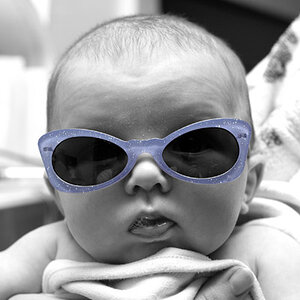Yahoozy
TPF Noob!
- Joined
- Jan 28, 2008
- Messages
- 640
- Reaction score
- 0
- Location
- San Marcos, CA
- Can others edit my Photos
- Photos OK to edit
ok so i currently have an Infrared filter in the mail that will arrive in a couple days
but i want to make sure i actually know what im doing when i get it
so what are the basics of infrared photography?
i know that you need an infrared filter, a camera that recognizes infrared light, and a tripod because it takes a long exposure due to the darkness of the filter
is there anything im missing for basic infrared photography?
thanks =P
but i want to make sure i actually know what im doing when i get it
so what are the basics of infrared photography?
i know that you need an infrared filter, a camera that recognizes infrared light, and a tripod because it takes a long exposure due to the darkness of the filter
is there anything im missing for basic infrared photography?
thanks =P


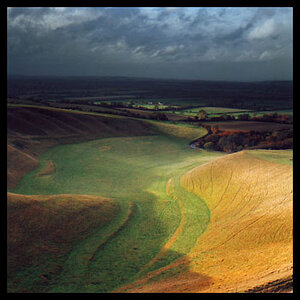
![[No title]](/data/xfmg/thumbnail/39/39499-b11b4321c0f029e3a5523ccab621b71c.jpg?1619739057)
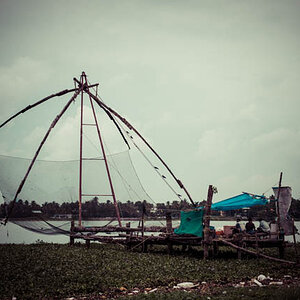
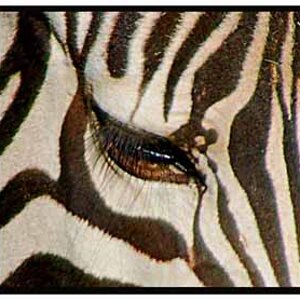
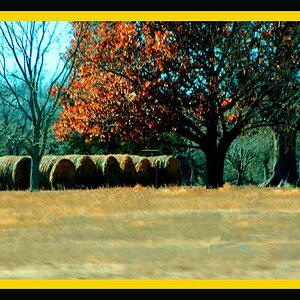
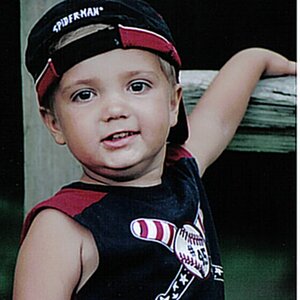
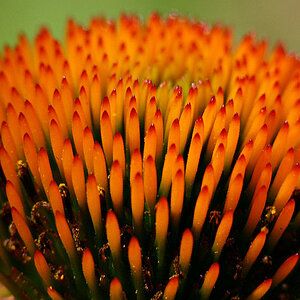
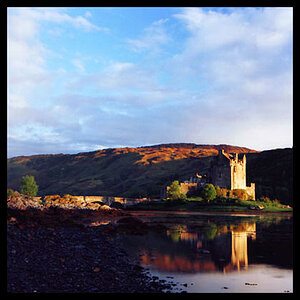
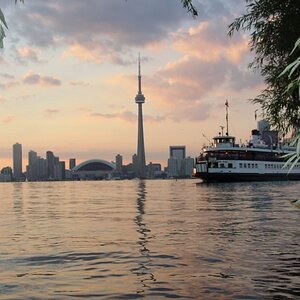
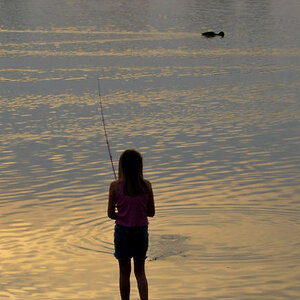
![[No title]](/data/xfmg/thumbnail/42/42326-1e75ade9716f7e863d85def8d13cf591.jpg?1619740127)
